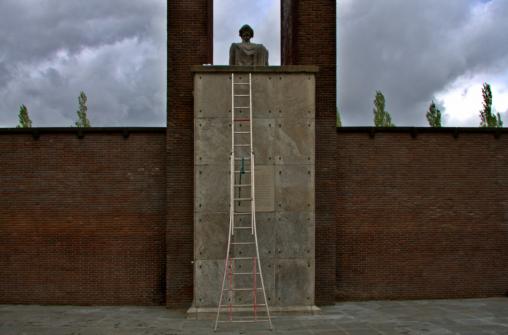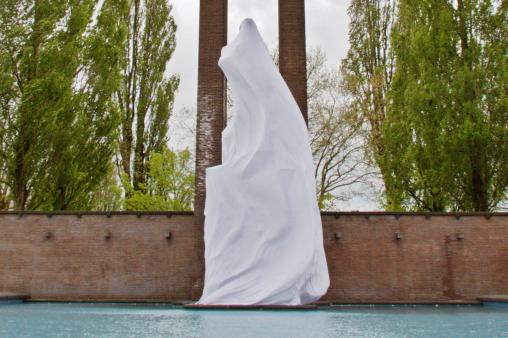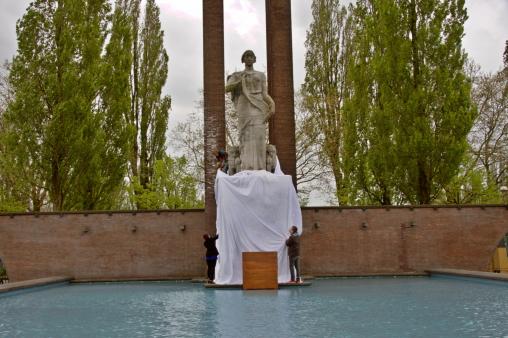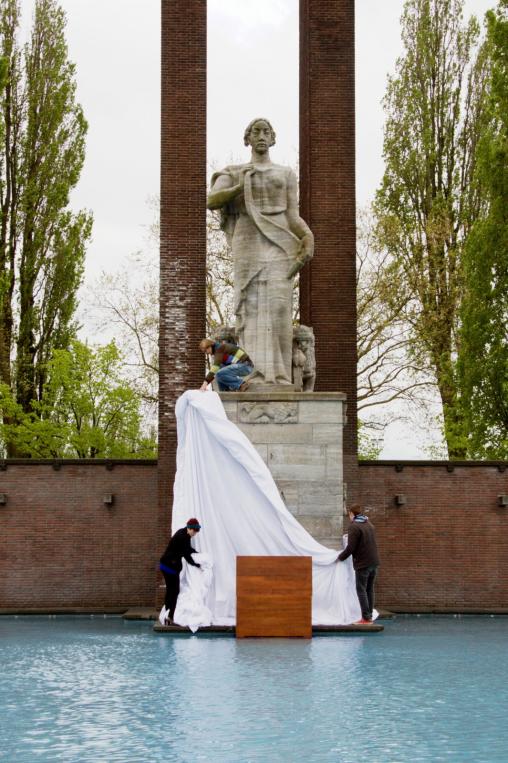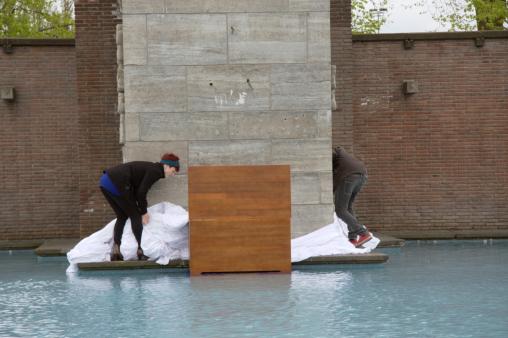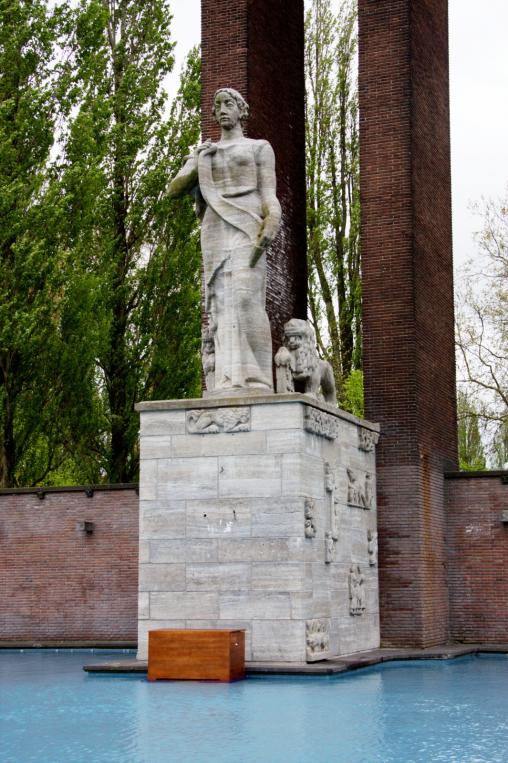Kepala Batu (Head of stone)
A common misunderstanding about monuments is that they need to reflect the broadest possible consensus of its public. While it is usually the other way around: Monuments serve to ratify, and seal that consensus. After war or revolution, a monument reminds us that it is over, and who are the new rulers. They are instruments of a process of normalisation.
On the one hand, these objects in public space therefore fulfill a repressive task: they define and represent the attitudes and opinions of the powers that be. On the other hand, these objects may also function as the concrete platforms on which to challenge these very attitudes. Of which the former Van Heutsz Monument, which was unveiled in 1935, is an appropriate illustration. The history of this monument is marked by a remarkable series of events that aimed to challenge its meaning, or even to revise it completely.
A statement made by Frits van Hall, the author of the statue, seems to point out that the option to change its meaning was already incorporated into the original design. "Take a crowbar," the artist is reported to have said to his pupil, "tear down the name of Van Heutsz and replace it with the letters Freedom, Merdeka, or Indonesia, and you will have a Statue of Liberty."
It's an assertion that raises questions about the relationship between ideology and work of art. Because according to this kind of logic, a word such as Freedom is just as easy to remove as well.
On National Liberation Day 2012, the statue has been unveiled for the third time in its history. This time by spoken word artist Olympia Latupeirissa. At this occasion, she gave a rendering of the speech Foute Keuzes, which she developed together with the artists Iratxe Jaio and Klaas van Gorkum. In the speech, the public is invited to repossess the monument as a battleground for ideological conflicts. The poet took the lead, by claiming the statue for the unresolved issue of the treatment of the Moluccans by the Dutch government.
Programme Hacking History, 5 May 2012
- 16.30: Unveiling former Dutch-Indies Monument, by the artists Iratxe Jaio and Klaas van Gorkum in collaboration with Olympia Latupeirissa.
- Lecutres by Bo Tarenskeen and Sarah Klerks
- During dinner, several guests will reflect upon the monument, among which: Nancy Jouwe, Director Kosmopolis Utrecht, John Jansen van Galen, journalist and author, Sylvia Pessireron, author, Yvonne van Genugten, Director Indisch Herinneringscentrum, Arnhem.
